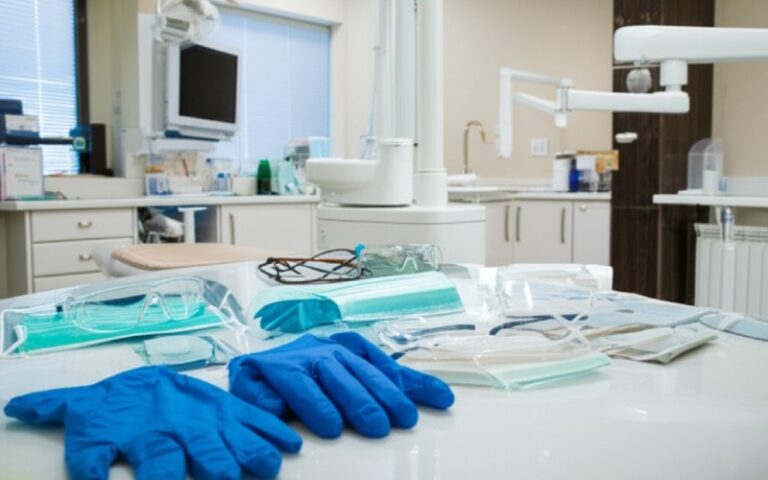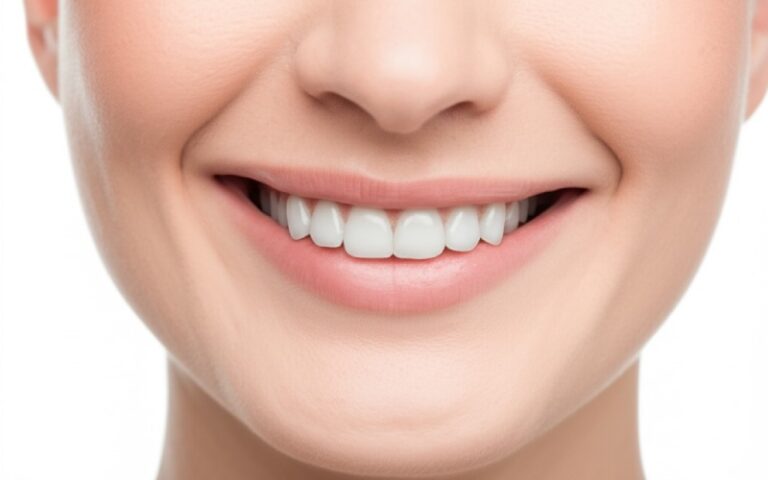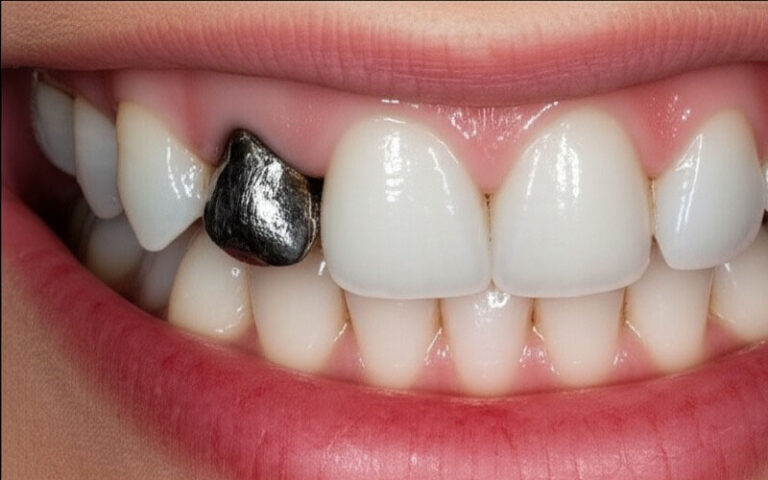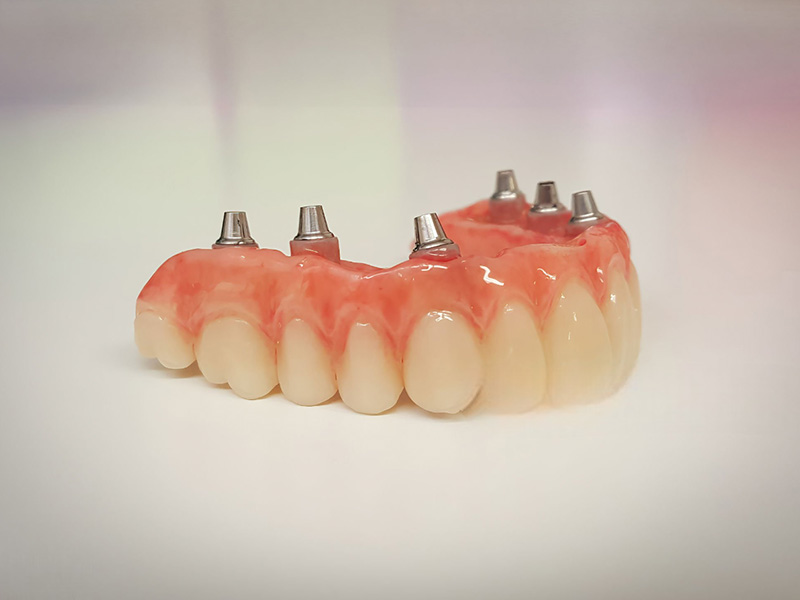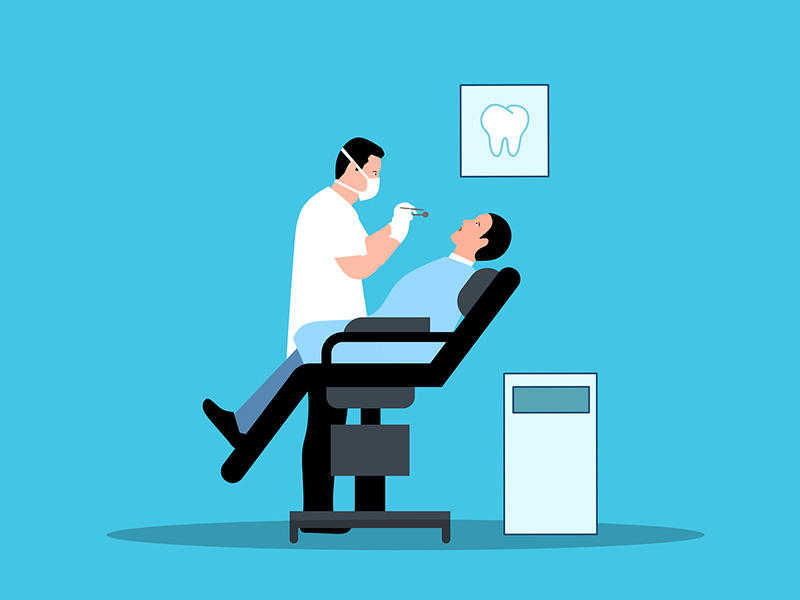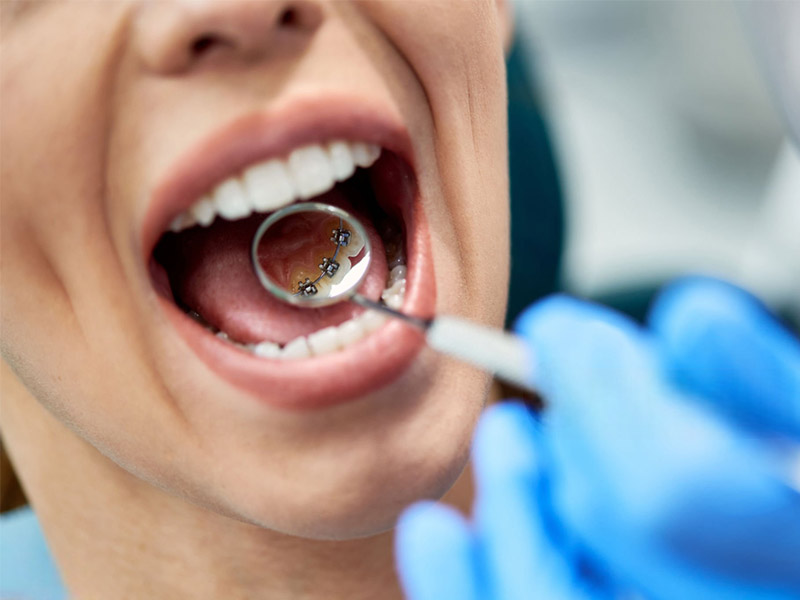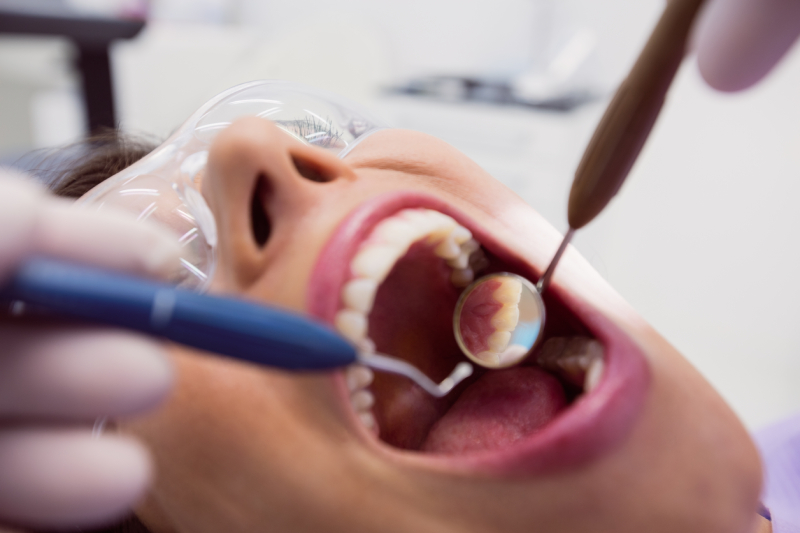
What Do You Learn as a Dental Lab Technician Student? A Complete Skills & Curriculum Guide
Becoming a dental lab technician isn’t just about following instructions or working in some quiet back room—that’s not how it was for me. It’s a mix of science, creativity, and working with your hands. It can be tough, but it’s also really satisfying. If you’re curious about what it’s really like to learn and succeed as a dental lab technician student, let me show you, step by step, what I found out as I went through school.
Table of Contents
Introduction
If you’re reading this, you’re probably where I was once—wondering what you’d actually learn as a dental lab technician student. Maybe you like the idea of making crowns, dentures, retainers, and other stuff that helps people eat, smile, and feel good. Or maybe you just want a job that mixes art and technology.
When I started dental lab school, I learned a lot more than how to mix plaster or handle small tools. I learned a whole new way of talking, became part scientist, part artist, and found out just how careful and patient you need to be if you want your work to really help people—even though you hardly ever see them. If you’re thinking about this path, let me explain what you’ll learn and why it matters.
Core Basic Knowledge: The Science Behind a Smile
Before you ever shape a fake tooth or shine up a crown, you need to know what you’re working on. The first few weeks felt like stepping into a new world—so many new words, ideas, and diagrams. But let me tell you, that foundation made everything else possible.
Dental Anatomy and Words
The first real thing you learn? How to speak the way dentists do. On my first day, I felt lost as people tossed around words like “lingual,” “buccal,” and “occlusal.” Every tooth has a name, and every side of a tooth is called something different. Picture a dentist saying, “Work on the top right first molar.” If you have no idea what that means, you can’t even get started.
Learning these terms is like having a key to get in the lab door. You’ll practice labeling teeth, remembering where everything is, and using the right words to talk to dentists and other lab techs.
Tooth Shapes
It’s good to know what a tooth is called, but it’s even better to know what it really looks like. Tooth shapes, or morphology, is learning where the bumps, grooves, and points are on each kind of tooth. I practiced over and over, shaping front teeth and back teeth in clay and wax.
If you liked art class in school, you’ll probably love this. Making teeth that look natural starts with knowing just how a canine looks different from a molar—and why those little differences matter when someone eats or smiles.
How Bites Work
Here’s where it gets real. Bites—or occlusion—are about how your top and bottom teeth fit and work together. This isn’t just about nice-looking teeth; if the bite is wrong, people can get headaches, worn down teeth, or jaw pain.
Learning about bites made me realize that what we make isn’t just about looks. If a crown or denture doesn’t line up right, the person who gets it could be uncomfortable or even hurt. These lessons were tough at first, but now figuring out how teeth fit together is second nature to me.
Dental Materials
What are crowns, dentures, or bridges made out of? I dug deep into learning about ceramics, plastic, different metals, and even new stuff like zirconia. It’s not just about memorizing names—you find out how heat, pressure, saliva, and even how thick or thin something is can change how strong it is or how it looks.
You have to get this right. Pick the wrong material and the tooth might break, look bad, or even cause problems in the patient’s mouth.
Hands-On Skills: From First Impression to Final Tooth
Learning from books is important, but nothing beats getting your hands dirty. Trust me, you will. There’s nothing like turning a goopy impression into a real crown or denture.
Model Work
I can’t even count how many stone models I made and trimmed. This is where everything begins: you take a patient’s impression and make a hard copy of their teeth—called a model. Every tooth, bump, line—has to be just right. Mess this up and nothing you make after will fit.
Working with models taught me to slow down, pay attention, and keep my hands steady. Not everyone loves it, but this step matters more than people think.
Wax Work
This always felt a bit like making sculptures. With wax, you shape fake teeth or add what a patient is missing. I’d spend hours just building a single tooth sometimes. Wax teeth are basically practice runs—they show the dentist (and sometimes the patient) what to expect before anything is final.
Making a wax tooth really shows you how much art is in this field. There’s no cookie-cutter formula—you’re building something that will become part of someone’s everyday life.
Casting, Pressing, and Heating
This is probably what comes to mind when people think of dental labs. The wax model you just made is used to create metal parts (for dentures or crowns), press out ceramics, or bake layers of porcelain. I learned to use all sorts of stuff: molds, burners, super-hot ovens, and more.
There’s nothing like seeing something go from a blob of wax to a finished tooth. But you’ve got to pay close attention—it’s easy to mess up if you lose focus.
Smoothing and Polishing
No tooth or denture leaves the lab rough. I use different tools to sand, smooth, and shine them until they look like real teeth. Matching the color, shine, and texture takes both skill and an eye for detail. Every now and then, after hours of work, you hold a crown up to the light and just know it’s perfect.
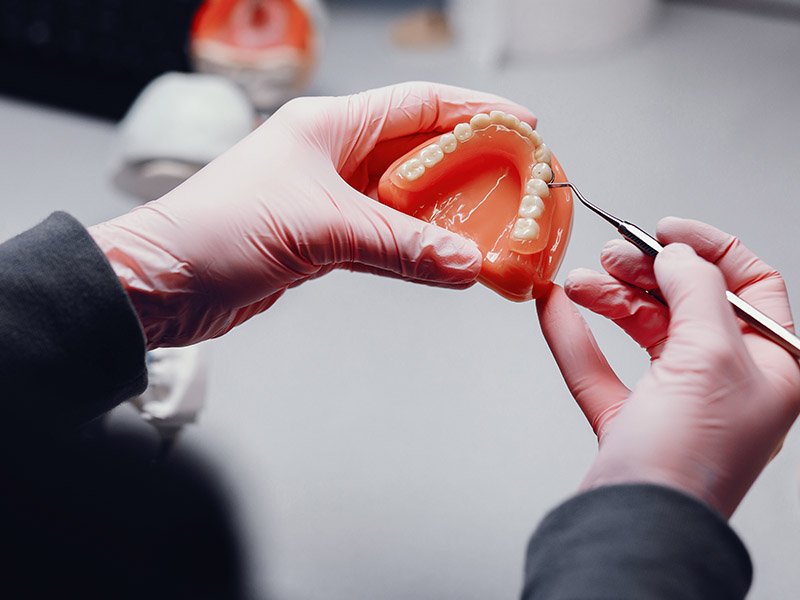
Learning How to Make Each Dental Thing
Your classes don’t just teach how to “make something”—they dive deep into each dental piece you’ll work on, each with its own steps and problems to solve.
Crowns & Bridges
Most of my starting days were all about crowns and bridges. Crowns fix a single tooth; bridges fill spaces where teeth are missing. These are glued in and meant to last for years, so you can’t cut corners. You practice making them in wax, casting metal, stacking porcelain, and matching colors over and over.
You know you’ve hit your stride when a dentist calls and says your work fit on the first try. That doesn’t happen by luck—it takes a lot of trial and error.
Dentures
Helping people who have lost their teeth isn’t the most glamorous part, but making full and partial dentures is really important. It’s more than just chewing—people want to smile and feel normal again. You learn how to fit the base, set up teeth, work with acrylic, and fix things when they break.
Those first few denture fittings taught me more patience than anything else. Each little fix brings a patient closer to eating and smiling with confidence.
Implants
Implants have changed everything in dentistry. As a student, I learned how to make crowns and bridges that hook onto metal posts in the jaw. You have to learn about all the tiny pieces, how they fit, and how new technology is making it easier (and harder) at the same time.
Implant skills are big in today’s market—and if you can do them well, you’ll always be needed.
Braces and Retainers
Lots of wire bending, using acrylic, and sometimes soldering goes into making retainers, mouth guards, and devices that help straighten teeth. At first, I had no idea how much went into these tiny things. But after making my first retainer, I realized how much know-how and planning it takes.
The Digital Age: Using Computer Technology
When I first heard about digital dentistry, I thought computers would do all the work while I sat back and watched. I was wrong. Computers help, but they still need someone who knows what they’re doing. Now, if you don’t know how to use digital tools, you’ll miss out.
Digital Scanning
You don’t always have to pour models in stone anymore. More and more, we use 3D scans—either done right in the dental office or on special lab scanners. These scans are super accurate and let you spot things old molds could miss.
Learning how to work with these computer files, set up scans, and run the workflow made me more valuable—and helped me handle really tough cases.
Computer Design (CAD)
This took a while to get the hang of, but it was really fun. With programs like 3Shape, Exocad, or CEREC, you make teeth on a screen, turning and changing every little bit. At first, it felt like playing a game—until you realize real people are counting on your work!
The best thing about this? You can get things really consistent, plan out tough cases, and share designs with dentists before you make anything final.
Computer Making (CAM) & 3D Printing
Designing on a computer doesn’t matter if you can’t make it real. That’s where special machines come in—they can carve teeth from blocks of zirconia or print out guides to help with surgery. The first time I watched a crown get milled by a machine, it blew my mind.
Knowing how to use, repair, and tweak these machines is super important now. More than 85% of labs use tech like this, and if you know what you’re doing, you’ll always find work.
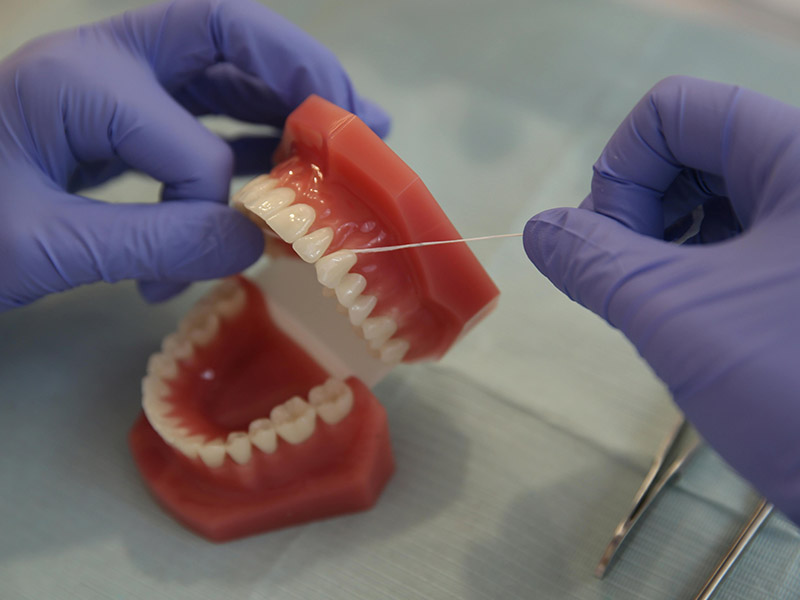
Course Highlights: Main Skills and Why They Matter
I always wished someone had shown me a table like this before I started school. Here’s a quick look at what you’ll study, what you’ll practice, and why it matters out in the real world.
| Area of Study | Skills You’ll Practice | Why It Matters & Real-Life Stats |
|---|---|---|
| Crowns & Bridges | Making crowns, bridges, veneers, custom shapes. Working with wax, metal, porcelain. | Most common work. Needed for modern cosmetic dentistry. Always in demand. |
| Dentures | Full/partial dentures, repairs, working with plastic and teeth setup. | Needed for older adults. Basic for all dental labs. Big part of certification tests. |
| Ortho Stuff & Appliances | Making retainers, night guards, mouthguards. Wire work, acrylic work. | Needed more every year. Specialty you can focus on. |
| Implants | Designing pieces for implants. Using all the little connectors. | Fastest growing area. Makes you more valuable if you know how. |
| Digital Dentistry | Computer design, scanning, running 3D printers/milling machines. | Over 85% of labs use this. Helps you get hired and make more money. |
| Tooth Anatomy & Bites | Learning tooth shapes, how teeth work together, setting up bite machines. | Base for everything else. Makes you better than someone who just guesses. |
| Materials | Handling ceramics, metals, plastics. | Needed for lasting work that looks good and doesn’t irritate people’s mouths. |
| Jobs & Pay | – | 9% job growth (2022-2032), around $47,690/year. More if you get certified or do digital/implant work. (BLS data) |
FAQ: Top Student Questions Answered
I hear these all the time from new students, friends, and people curious about this work. Let’s clear things up:
How long does it take to become a dental lab technician?
Most programs are about two years if you want a degree, or a year if you just do a certificate. Some places offer on-the-job training, too. I took two years—it took that long to feel really sure about what I was doing, both with my hands and on the computer.
Is being a dental lab tech hard? What skills do you need most?
I won’t lie, it’s not easy. You need to pay close attention, have good hands, be creative, and be ready to fix problems when they come up. You also have to work with others and share what you find. Some days are tough, but seeing someone smile with your work in their mouth makes it all worth it.
What’s the difference between a dental lab tech and a dental assistant?
A dental assistant is in the office helping dentists with patients. I spend most of my day in the lab, not seeing patients, and building all the pieces they need. My job’s more about the creative and technical stuff, not being in the exam room.
Do you need to be certified (CDT) to get a job?
You don’t always need certification, but it really helps you stand out. It can mean better pay and more job choices. I say go for it if you want to specialize or move up later.
What is the job outlook and salary for a dental lab tech?
It’s a solid field. The Bureau of Labor Statistics says the job market will grow by 9% from 2022 to 2032. Pay is about $47,690 a year, but if you’re really good at digital or implant work, you can make more.
Conclusion
When I look back at my time as a dental lab tech student, I see a mix of science, art, and cool technology. I learned the special words dentists use, got to know all the materials, learned to craft things by hand, and figured out the digital tools changing dental labs for good.
Best part? I left with real skills—skills that let me have a steady, creative job that quietly helps people feel better about themselves every single day.
If you’re ready to give it a shot, I suggest checking out dental lab tech programs near you. It might be challenging, but it’s worth every day in the lab.
Ready to shape your future? Jump into dental lab technology and start building the smiles of tomorrow.

